And I started late, too late, just posting the the smart clock Project14 monthly theme. Anyway I hope you like this build.
Introduction
The idea to make a smart clock was not in my mind until a few weeks ago, when I found an incredible nice alarm clock of the past century. Alex is a digital alarm clock, design dates 1978 and - as far as I saw on the net = not so easy to find, only partially working,
This piece of past attracted me immediately; due to the functional problems I had the opportunity to take it for a ridiculous price. The image below shows the first try to power-on (a sort of road test unpacking first images  )
)
The clock main board immediately appeared easy to reverse engineer but the enthusiasm vanished in few time. Powering the device the lowest voltage I have detected following the wires connected was 16V. Also the discrete components left few hope to integrate the original circuit with new features.
Not easy to find, I have identified the microcontroller as MM5387AA, a digital clock controller working at 24V. It is a pity as I had to remove the entire board and change the original plan: only the peripheral parts was possible to be reusde in some way. For users interested in aged ICs you can find the MM5387AA datasheet in attach.
Time Shift
The plan required to shift the clock internal hardware by about 40 years:
Step 1
- Remove the main board and the 7-segments LED display
- Clean the box
- Clean from oxides the clock buttons
- Remove the old degraded wiring and replace with new ones
Step 2
Assemble a new microcontroller board with the following characteristics
- Real time clock,
- Control the new hardware with the original buttons
- Use a similar 7-segments LED display
- Make better alarms reusing the 8 Ohm speaker
- Control the environment light reusing the original light resistor
- Add smart sensors for environmental adata
- Connect via BLE with external devices, eventually Android smartphone
Preparing the device
The Clock Buttons
The first cleaning operation has been the clock control buttons. The images below shows the buttons cleaning phases.
| {gallery} Buttons cleaning |
|---|
|
The buttons contacts (upper side) and the connector circuit |
|
Cleaning the contacts and sanding the circuit |
|
The buttons circuit reassembled |
|
The new wires connecting the buttons circuit |
|
The clock base with the button cleaned |
The Box and the Other Components
The images below shows the functional test to the light resistor after cleaning the contacts and desoldering from the main board.
Then, a deep cleaning of the interior and exterior of the clock container before starting the changes.
And now the clean, empty, new device is ready for a complete rebuild...
The Other Parts
Tempus Fugit... Part 2: 2018 a.d.

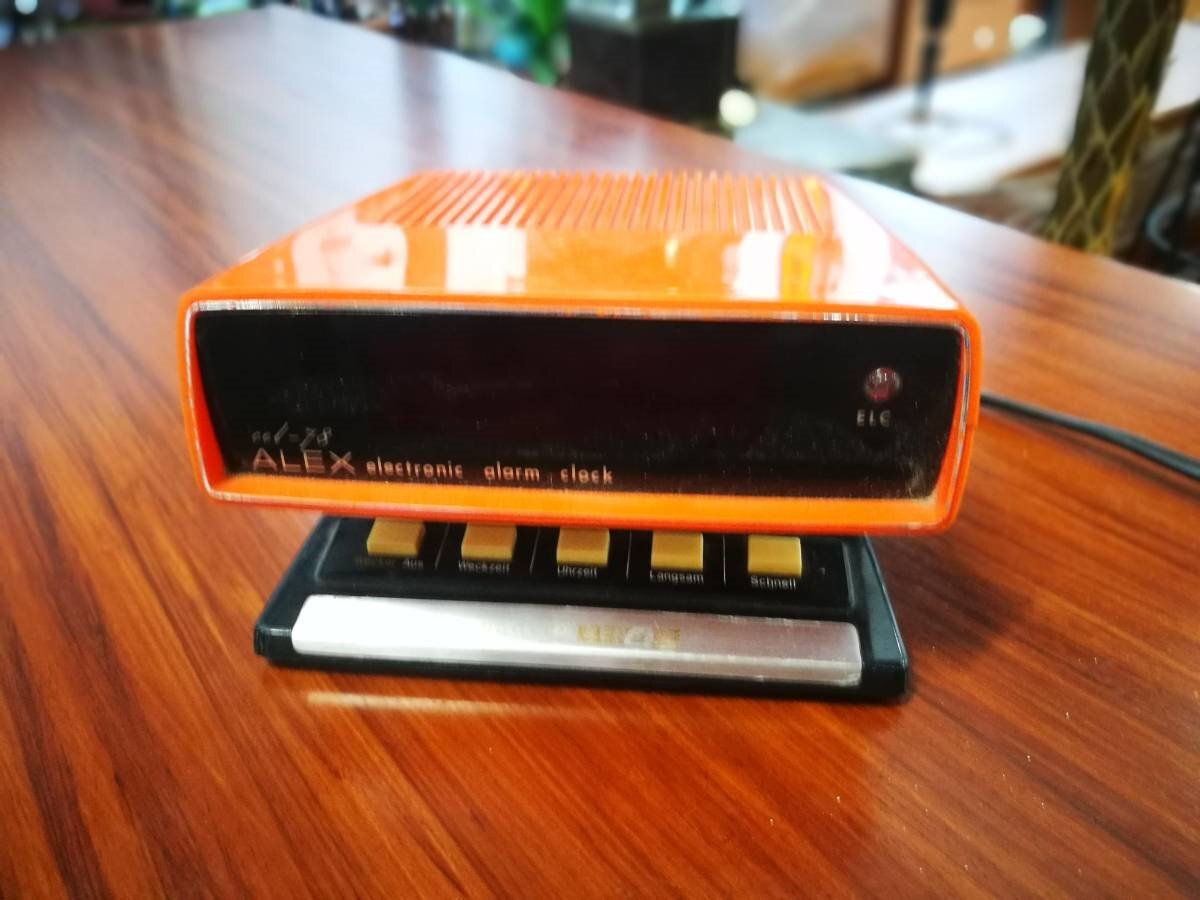
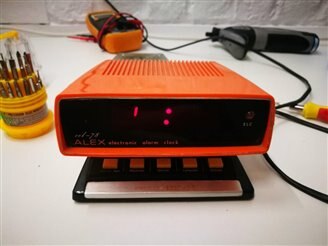
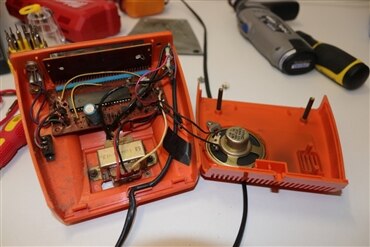
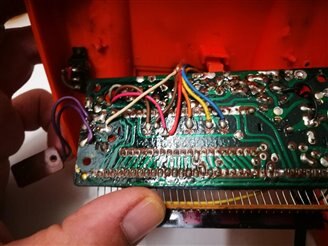
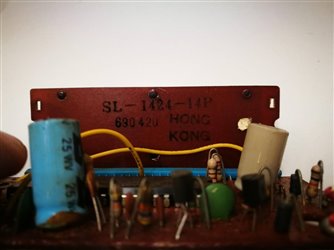
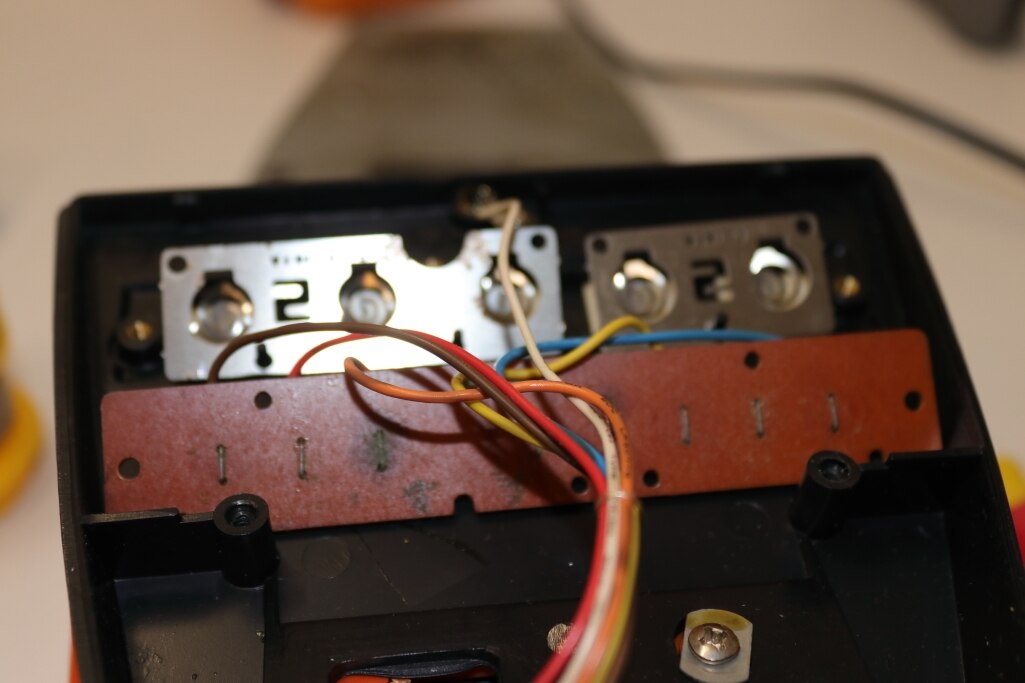
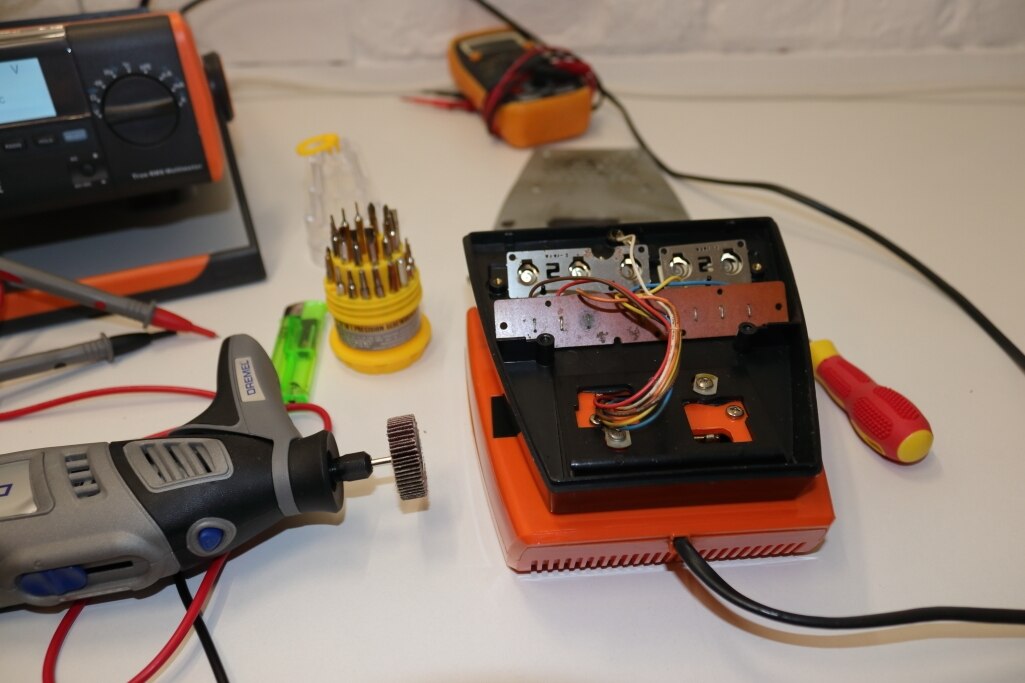
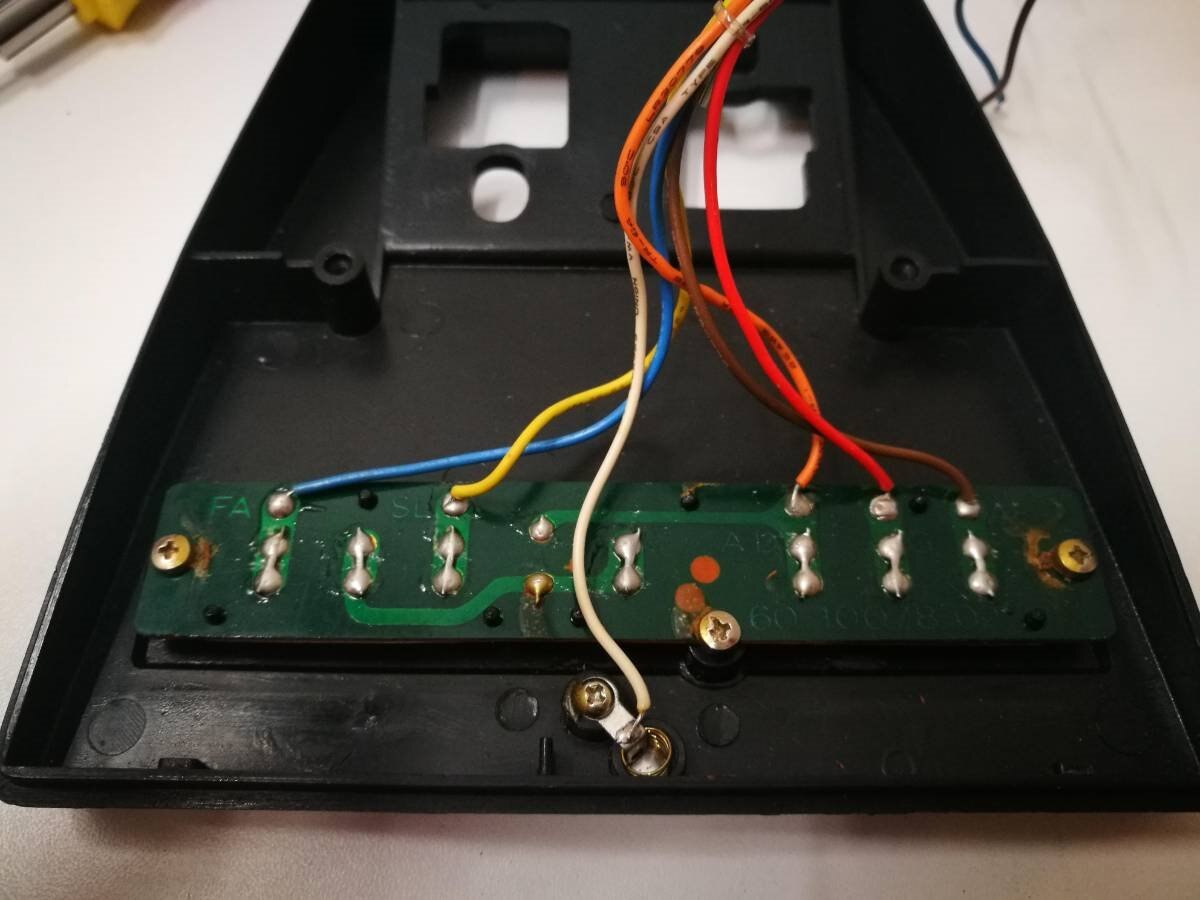
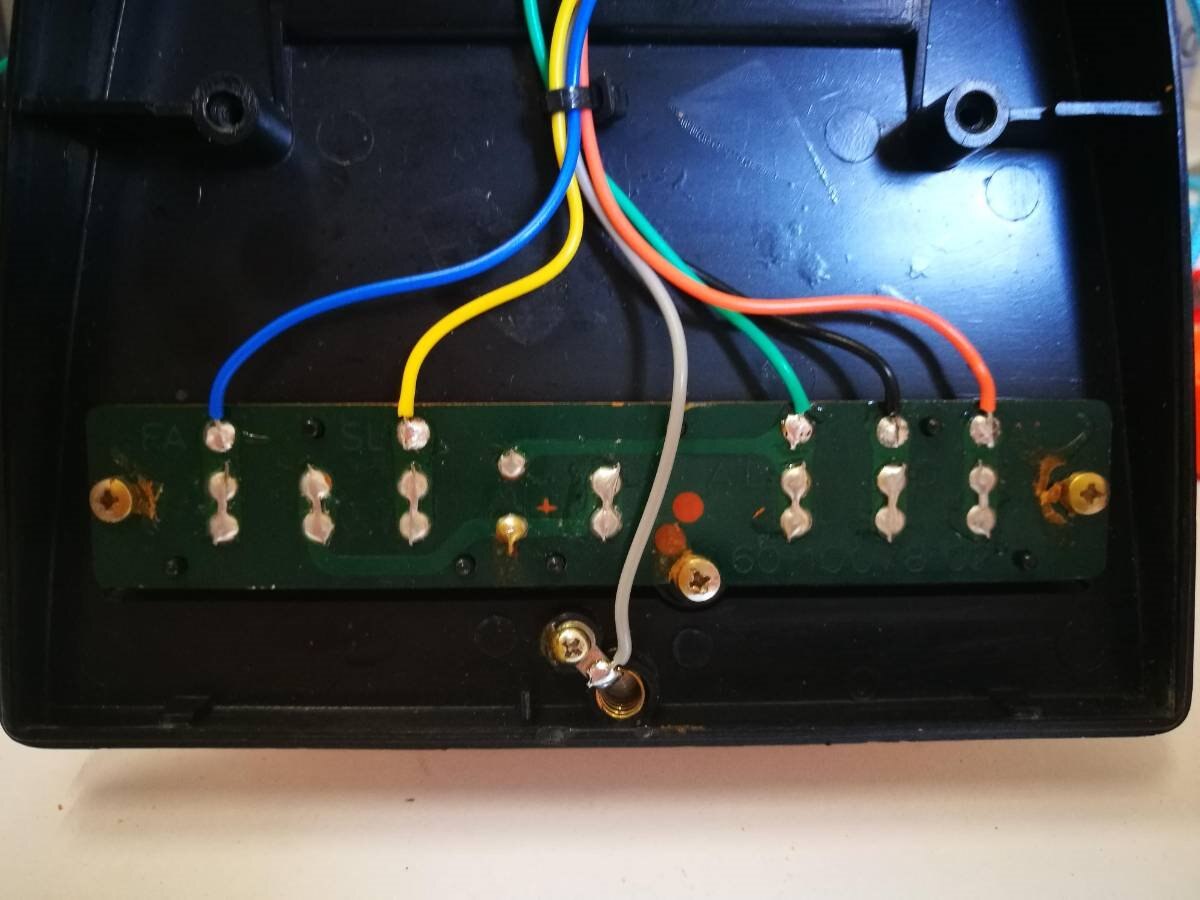
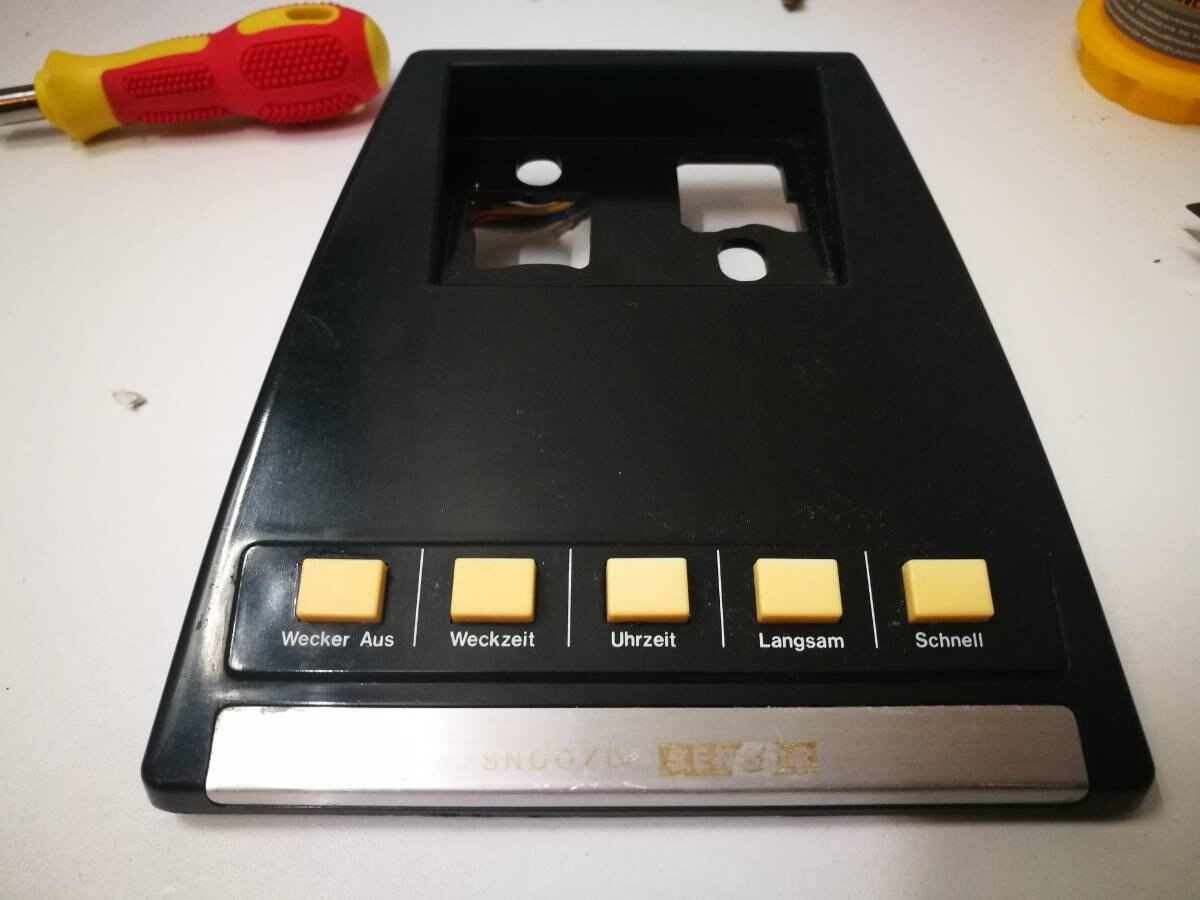
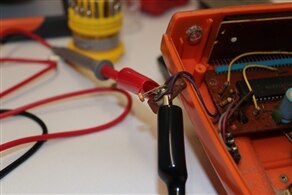
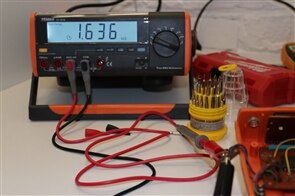


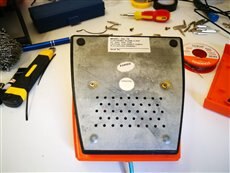

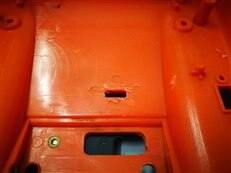
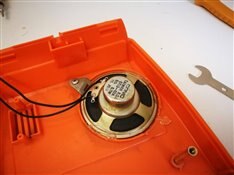

Top Comments
-

14rhb
-
Cancel
-
Vote Up
+4
Vote Down
-
-
Sign in to reply
-
More
-
Cancel
-

balearicdynamics
in reply to 14rhb
-
Cancel
-
Vote Up
+3
Vote Down
-
-
Sign in to reply
-
More
-
Cancel
-

Jan Cumps
in reply to balearicdynamics
-
Cancel
-
Vote Up
+5
Vote Down
-
-
Sign in to reply
-
More
-
Cancel
Comment-

Jan Cumps
in reply to balearicdynamics
-
Cancel
-
Vote Up
+5
Vote Down
-
-
Sign in to reply
-
More
-
Cancel
Children